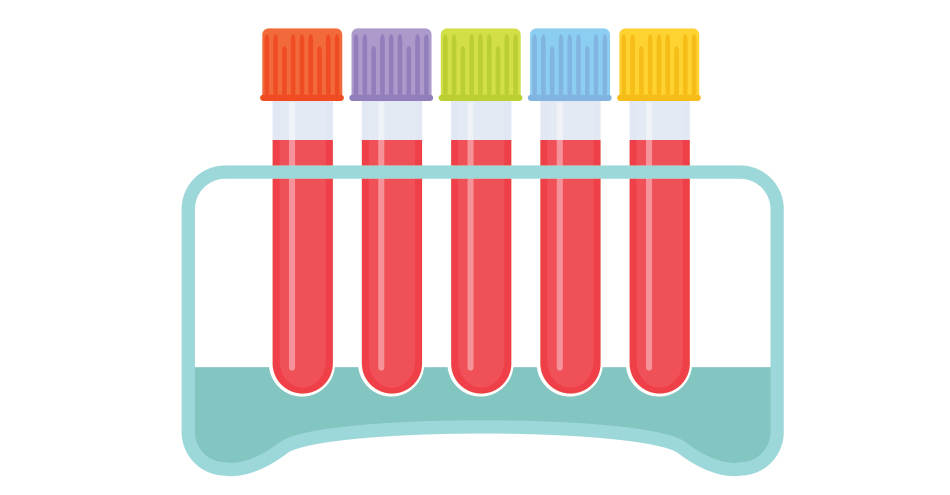Dreaded by many, probably only loved by your slightly terrifying physician-assistant: blood tests. What if we told you no needles need to be involved?
Researchers from the University of Glasgow have developed a sensor that could base diagnosis on the pH levels in the wearer’s sweat. The researchers explain that human sweat contains physiological information that is similar to that of blood, without breaking into one’s skin. The square centimetre device is claimed to diagnose and monitor conditions such as diabetes, certain types of cancer and kidney disease simply from the sweat that is piling up on your skin. Apart from disease diagnosis, sweat is also a good indicator for activity intensity and dehydration levels. Therefore, the device will not only be for the ill, but it will also provide added value for health and fitness freaks. What if you have a sedentary lifestyle? Little sweat is needed to measure the pH levels and in extreme cases sweating can be provoked by ‘Iontophoresis’. (Dang, Manjakkal, Navaraj, Lorenzelli, Vinciguerra, Dahiya, 2018)
Accompanying the device, the data is transmitted to an app that lets the users track their data to gather deeper insights on the development of aforementioned diseases. However, the development of the device and accompanying infrastructure is still in its infancy. Impact will be made once either one of the existing players in the wearables market starts exploiting its use by integrating it into their product lines, or when new entrants to the market of wearables start creating wearables with integrated pH level measurers. This allows the new entrants to enter a niche market of for example diabetes patients and while they continue to improve their product move onto the mainstream market.
Once these types of sensors become standard in the wearables industry, a significant value will be added to what can be measured nowadays. Right now, wearables are mostly limited to track activity, heartrate and temperatures. With the integration of sweat monitors, a new step will be taken towards integrated health where the users of wearables are actively involved in diagnosing developing diseases and monitoring existing conditions.
W. Dang, L. Manjakkal, W.T. Navaraj, L. Lorenzelli, V. Vinciguerra, R. Dahiya (2018). Stretchable wireless system for sweat pH monitoring, Biosensors and Bioelectronics, Volume 107, 2018, Pages 192-202.


